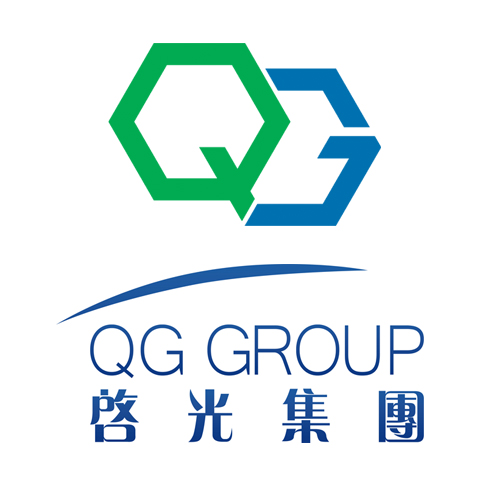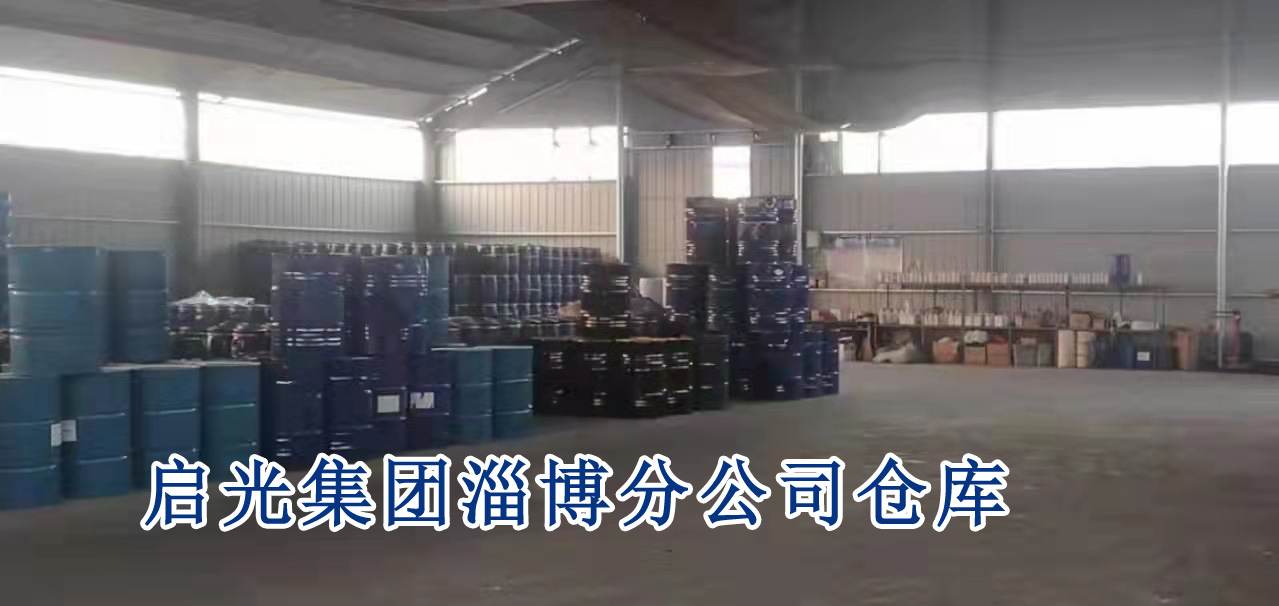Due to the many excellent properties of ultra-high molecular weight polyethylene (UHMWPE) fibers, such as ultra-high strength, ultra-high modulus and abrasion resistance, they play a pivotal role in marine, military, safety and protection, sports equipment, construction industry, textile and other fields. Its performance is closely related to molecular weight, and catalyst is the core element that affects the molecular weight of UHMWPE.
Ultra High Molecular Weight Polyethylene
Progress of catalyst research
Ultra high molecular weight polyethylene (UHMWPE) is an important thermoplastic engineering plastic species, usually refers to linear structured polyethylene with molecular weight greater than 1 million and density between 0.92 and 0.96 g/cm3.
Compared with ordinary polyethylene, it has many excellent properties, such as better impact resistance, abrasion resistance, chemical resistance, self-lubrication, cold resistance, etc.
The many excellent properties of UHMWPE are closely related to its molecular weight, and in order to obtain high performance UHMWPE, it is necessary to maintain its ultra-high molecular weight as much as possible. The catalyst used in the preparation process is the core element that affects the molecular weight of UHMWPE, and therefore has attracted much attention and become the focus of research at home and abroad.
According to the composition, catalysts for the preparation of UHMWPE can be divided into the following categories: Ziegler-Natta catalysts, metallocene catalysts, non-metallocene catalysts, chromium-based catalysts, etc.

01
Ziegler-Natta type catalysts
Ziegler-Natta catalyst (hereinafter referred to as “Z-N catalyst”) is one of the commonly used catalysts for the preparation of UHMWPE.
Because of its high catalytic activity, good product regularity and mild reaction conditions, it has been widely studied and researched by many domestic and foreign enterprises and research institutions since its introduction, and the corresponding research results have been widely used in industrial production.
The composition of Z-N catalysts mainly includes main catalyst, co-catalyst, carrier, electron donor and so on. The main catalyst is usually ⅣB-VIB transition metal halide, commonly used is titanium tetrachloride (TiCl4). The co-catalyst is usually a metal-organic compound of IA-IIIA, commonly used is triethylaluminum (AlEt3). The carrier is usually a magnesium compound, commonly used is magnesium chloride (MgCl2). According to the way of providing electrons, the electron donor can be divided into 2 types: internal electron donor and external electron donor.
In CN107674134A, Zhongxi New Materials (Anhui) Co., Ltd. discloses a method for the preparation of UHMWPE, which uses Z-N catalyst, triethylamine solution as co-catalyst and diphenyl dimethoxysilane as external electron donor. The powder has good morphology, concentrated particle size distribution, molecular weight above 4 million, bulk density more than 0.40g/cm3, short preparation cycle and suitable for industrialization.
Shanghai Research Institute of Chemical Industry and Shanghai Lianle Chemical Technology Co., Ltd. disclosed in C N106220768A a high impact strength UHMWPE resin and its preparation method, the UHMWPE resin is prepared by continuous slurry co-polymerization of functional monomer and ethylene in a polymerization kettle using a new Z-N catalyst; the said new Z-N catalyst is the main catalyst, the co-catalyst and the co-catalyst. N catalyst is a reaction product of a main catalyst, a co-catalyst and an electron donor compound, wherein said main catalyst comprises a titanium compound and a magnesium compound, said co-catalyst comprises an aluminum compound and said electron donor compound comprises an organosilicon compound. Compared with the prior art, the product has excellent wear resistance, mechanical properties and impact resistance, and can be widely used in the field of high speed rail as a special wear resistant sheet material.

Polyethylene homopolymer or copolymer with improved wear resistance is disclosed in C N107001517A by S A B I C Global Technology GmbH, The Netherlands. The catalyst compositions comprise: (i) a magnesium-containing compound selected from organic magnesium oxide compounds and halogen-containing magnesium compounds; (ii) an organic titanium oxide compound; (iii) a metal-containing compound of general formula MeRnX3-n or its dimer, where X is a halogen, Me is a metal of group III of the Mendeleev periodic table, and R is a metal of group 1. Group III metals, R is the hydrocarbon portion containing 1 to 10 carbon atoms, and n is 1 ≤ n < 3; (iv) silicon-containing compounds of the general formula R′mSiCl4-m, where 0 ≤ m ≤ 2 and R′ is the hydrocarbon portion containing at least one carbon atom; (v) organoaluminum compounds of the general formula AlR′ 3, where R′ is the hydrocarbon portion containing 1 to 10 carbon atoms; (vi) one or more compounds selected from 1,2 (6) one or more external electron donors selected from 1,2 -dialkoxy hydrocarbon compounds.
At present, the main research direction for Z-N catalysts for UHMWPE is still to further optimize their catalytic performance by screening various major components of the catalyst, for example, by changing the types of electron donor and carrier.

02
Metallocene catalysts
Metallocene catalysts are catalysts composed of complexes of IVB transition metal elements as the main catalysts and alkylaluminoxanes or organoborides as co-catalysts.
Among them, the commonly used main catalyst is a titanium and zirconium complex, the commonly used alkylaluminoxane is methylaluminium oxide, and the commonly used organoboride is tris(pentafluorophenyl)boron [B ( C6F5)3]. The ligand as a transition metal element needs to bear at least one cyclopentadienyl group or its derivative group. Metallocene catalysts enable precise control of the molecular weight, molecular weight distribution and crystalline configuration of the products.
Compared with the aforementioned Z-N catalysts, metallocene catalysts are more advantageous in terms of reactivity and enable copolymerization with olefins of larger site resistance.
A new UHMWP E particle with a high melting point and showing high crystallinity is disclosed in C N105377909A by Toso Corporation, obtained by using a metallocene catalyst, said metallocene catalyst being obtained from a transition metal compound ( A ), an organo-modified clay modified by an aliphatic salt ( B ), and an organo-aluminum compound (C).
As an example of the transition metal compound ( A ), one can cite: diphenylmethylene(1-indenyl) (9-fluorenyl)zirconium dichloride, etc., and as an organo-modified clay modified by using an aliphatic salt ( B ), one can cite: by N,N-dimethyl-behenamine hydrochloride, etc., as constituting The clay compound of organically modified clay (B), preferably lithium montmorillonite or montmorillonite. The organo-modified clay (B ) can be obtained by introducing aliphatic salts into the layers of the clay compound and forming an ionic complex. The product can provide a molded body with high mechanical strength and excellent heat and wear resistance. These molded bodies can be used for lining materials, line parts for the food industry, mechanical parts, artificial joint parts, sporting goods, microporous films, nets, ropes, gloves, etc.
(Ticona) discloses in CN101356199A a method for the preparation of ultra-high molecular weight polymers by olefin polymerization and copolymerization using a novel bridging metallocene catalyst (see Figure 1 for a schematic structure), and their catalyst systems.
wherein M1 is a transition metal of groups III to VI of the periodic table of elements with an oxidation level not equal to zero and preferably titanium ( T i ), zirconium ( Z r ), hafnium ( H f ), vanadium (V), molybdenum (Mo), scandium (Sc), yttrium (Y), chromium (Cr), and niobium (N b ); R1, R2 are hydrogen or C1 to C20 carbon-containing groups or halogen atoms; R3, R10 are C1 to C20 carbon-containing groups R4 to R8, R10 to R15 are hydrogen or halogen atoms or C1 to C20 carbon-containing groups, of which two or more carbon-containing groups can form a ring system in succession; R9 forms a bridge bond between the ligands (see 2 for a schematic structure).
Where M2 is silicon ( S i ), germanium ( G e ) or tin ( Sn ); R16, R17 are each the same or different and are hydrogen or C1 ~ C20 carbon-containing groups or halogen atoms.
The bridging metallocene catalyst may be dichlorodimethylsilylidene-[2-isopropyl-4-(p-isopropyl-phenyl)indenyl][2-methyl -4-(p-isopropyl-phenyl)indenyl]-zirconium, dichlorodimethylsilylidene-bis(2-isopropyl-indenyl)zirconium, etc. The prepared UHMW polymers can be used for material handling, body material handling, and medical applications such as joint molars in artificial joints.
Due to the outstanding advantages of metallocene catalysts, global investment in metallocene research and development is growing rapidly, with a focus on improving the apparent density of the product, improving the controllability of the polymer morphology, reducing the cost of use, and simplifying the process. If breakthroughs can be made in the above aspects, metallocene catalysts are expected to bring a whole new dimension to the functionalization and industrial application of UHMWPE.

